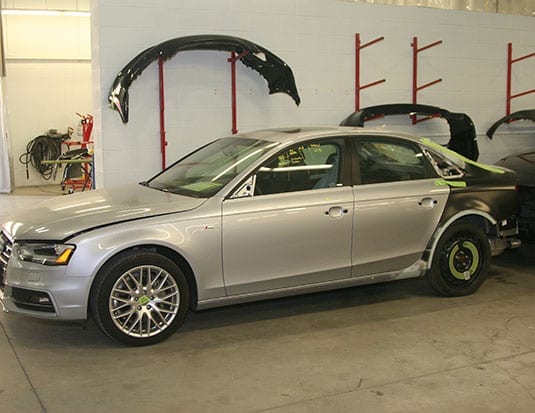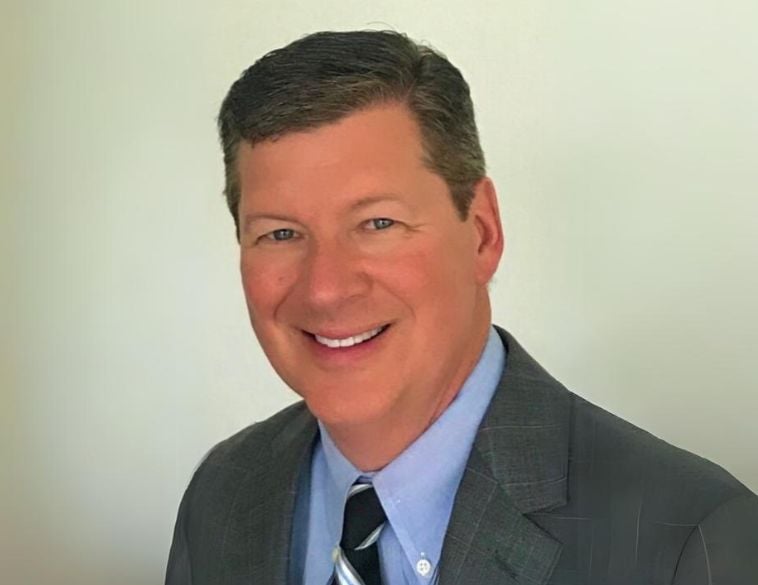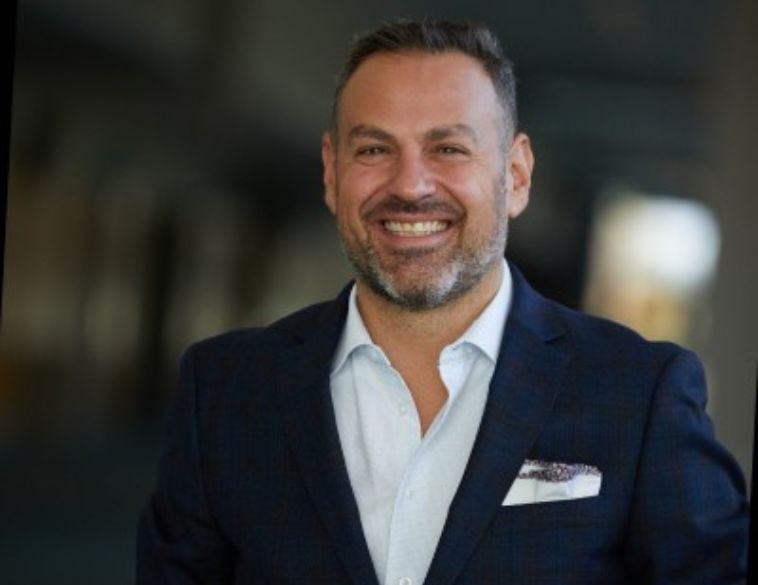Removing barriers to OEM parts sales.
With the introduction of software systems that enable OEMs to pitch their parts against aftermarket or used parts, price matching is at an all-time high.
“The OEMs provide the dealers with competitive pricing when a collision repair shop is looking to purchase aftermarket or used parts,” notes Jeff Toom, Senior Business Analyst at OE Connection. “This allows the dealer to sell parts at discounted pricing that they wouldn’t ordinarily be able to do.”
In fact, the OEMs provide reimbursement money to the dealerships so that they can sell parts below their normal pricing. “The purchasing decision is made by the collision repair shops,” notes Toom. “The OEM is setting aside marketing funds to allow them to be as competitive as needed.”
Toom doesn’t think there are any barriers in access to OEM parts programs. “The primary barrier to OEM parts usage is the general requirement of insurance companies to keep costs down by using lower cost parts,” says Toom.
“The primary barrier to OEM parts usage is the general requirement of insurance companies to keep costs down.” — Jeff Toom, Senior Business Analyst, OE Connection
With CollisionLink, the OE Connection software that allows dealers to price match against aftermarket or used parts, shops can use OE parts without the insurance company having to spend more for the parts. “The vehicle owner gets better quality repair with more OE parts, and the insurance company keeps their cost of repairs down.”
Software solutions like OE Connect and Progi have allowed shops to put more OE parts on cars,” agrees Mike Anderson, President, CollisionAdvice. “In the past, OEMs didn’t have the opportunity to offer to match a part because they weren’t aware of the estimates being used. That has changed.”
In the U.S., some manufacturers are starting to monitor the performance of their certified shops. “Some OEMs are developing a scorecard this year to monitor the performance of repairers, and that might impact part selection,” predicts Anderson.
Brand experience
As a result, OEMs are also ramping up their certified networks. “They’re having a dialogue with shops to understand the type of parts that should be readily available in real time, based on accident frequency,” says Anderson. “They’ll look at algorithms and understand what parts have to be stocked at different times of the year. For example, if there are more deer hits in the fall, knowing that this impacts certain parts of the vehicle, they’ll know to stock more of those parts.”
Many of the OEMs use different types of symbols in their repair information for non-reusable parts. “One OEM uses a circle with a coloured dot, another uses a half-coloured circle with a line through it,” explains Anderson. “There’s no consistency. As they become aware of these things, the manufacturers will standardize some of these symbols to make it easier for estimators to pick up on these things.”
A survey done by Fiat Chrysler Automobiles found that 60 percent of consumers who had a problem at a collision repair shop, such as mismatching paint on the bumper, lost confidence in their vehicle and sold it within a year. Furthermore, 63 percent of those consumers would then change vehicle brands.
“The OEMs were very alarmed because they want to protect their brand,” says Anderson. “That’s another reason they want to monitor their shops, to ensure everyone has the best possible brand experience.”
Launch teams
John Eason, Service and Marketing Manager for MOPAR Canada, doesn’t believe certification programs have an impact on parts procurement. “We always try to provide the right part to the dealers when they need it,” he says. “Our certification program is in place to service our customers at a higher level. We want the vehicle fixed promptly and properly. We don’t want it coming back.”
Eason credits the vehicle launch teams with doing a great job of making sure there are always enough parts available. “It goes back to the initial launch team, so if you need a part that’s brand new, it’s there,” he says. “And our dealers have a couple of programs that help them work with the independents, from discounts to reward programs. We’re looking towards the future and the growth of the certified program, and we hope to have a program for independents geared specifically to them.”
The program is going to be based on loyalty to products, and may include some discounts.
Restricted parts
Jack Rozint, Vice President of Sales and Service Repairs, Auto Physical Damage at Mitchell International, says that there is an increased occurrence of restricted parts. “These are parts that the OEM has determined are so critical to the vehicle’s perform- Lighter, stronger cars could impact insurance costs and as a result, vehicle sales. ance, and specifically occupant safety, the only ones who can buy them are dealership shops or certified collision partners,” he says. An example would be safety related parts around the front end of the vehicle that may be made of special metals or composites.
“These cars are going to cost significantly more to be repaired,” notes Rozint. “That equates to a higher cost of repairs, which will translate into higher costs to insure. And that can translate into a barrier of sales for the OEM.”
So while OEMs continue to make cars faster, lighter, stronger and safer, it contributes to higher repair costs. “I don’t think the underwriters have caught up with these trends,” says Rozint. “OEMs want the cars repaired correctly because they want the brand experience to be a good one. They know they can do that through a certified network and through controlling the repairs more closely.”
“They realize there are just not enough certified shops to fix all the cars. So there’s going to be a dramatic increase over the next five years in certified shops—it will likely go into the thousands over the next three to five years. If an independent repair shop isn’t certified, it might be time to start looking at that today.”



